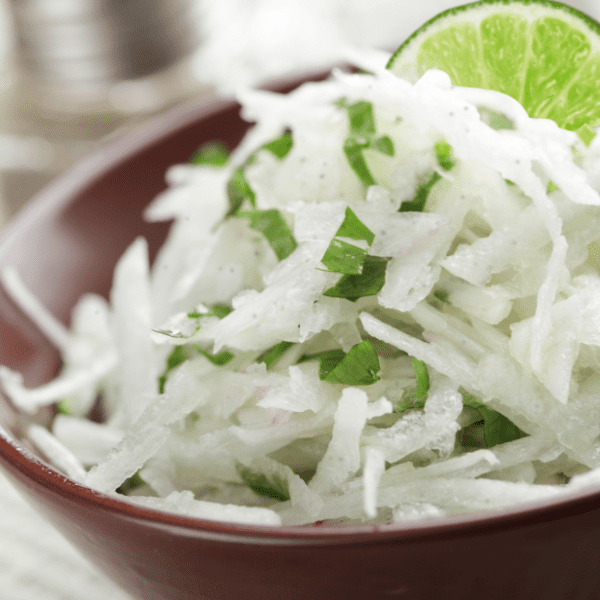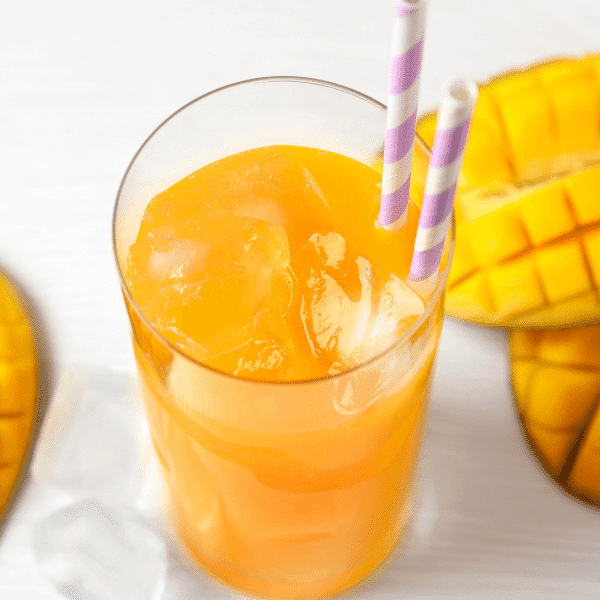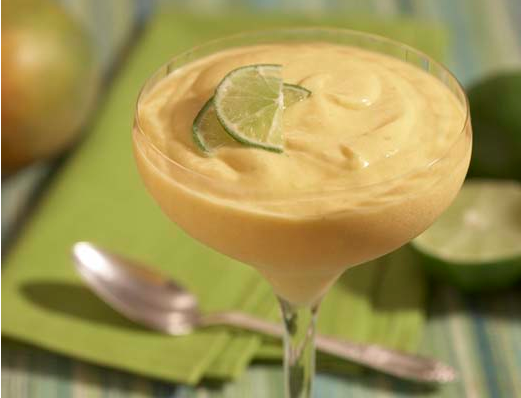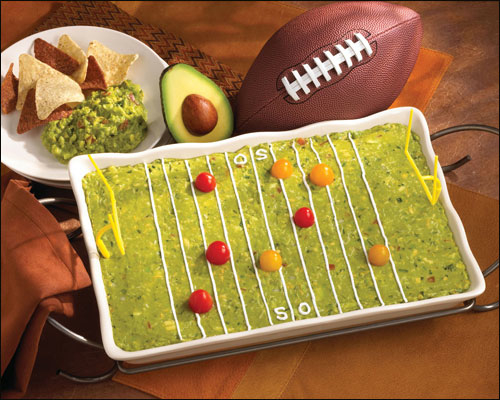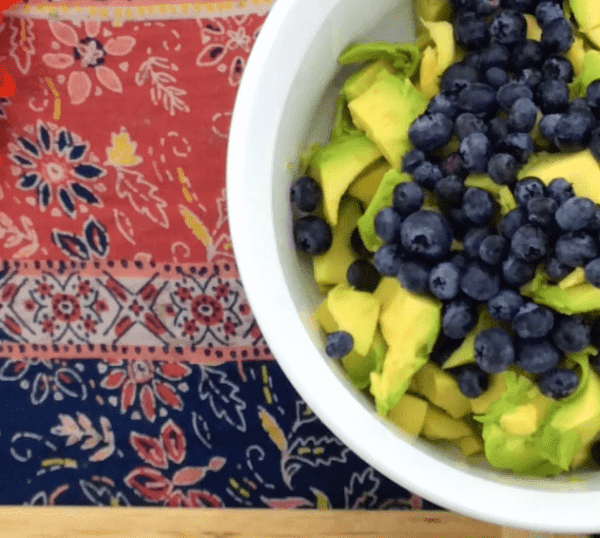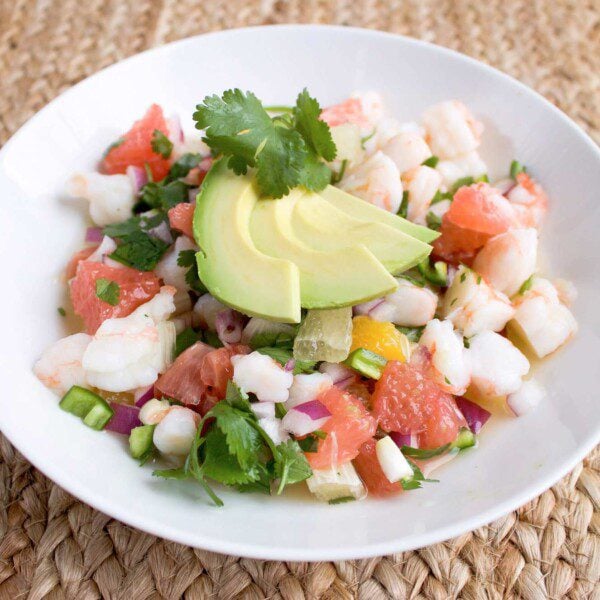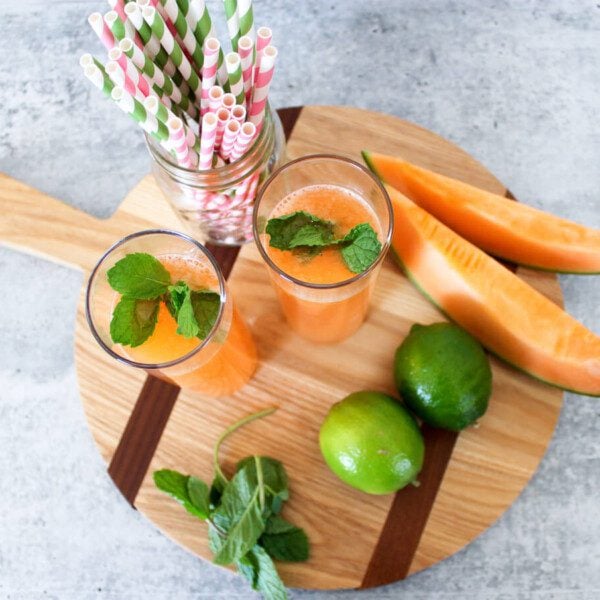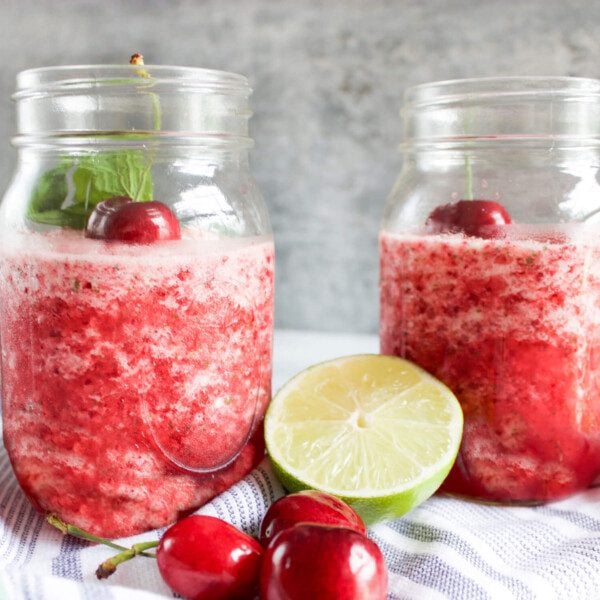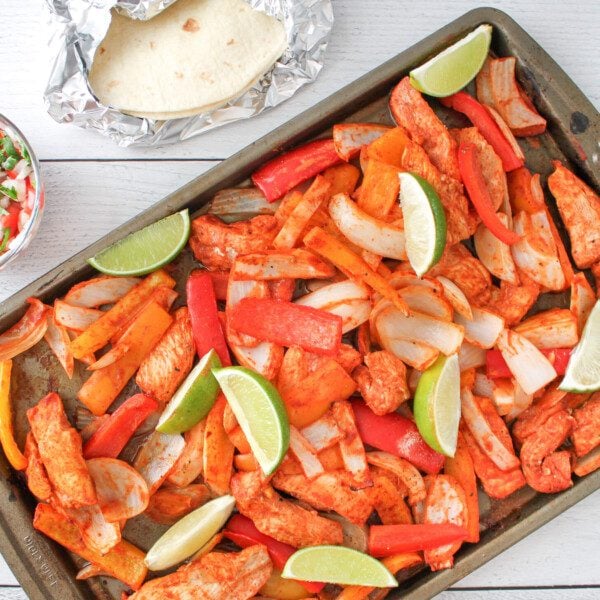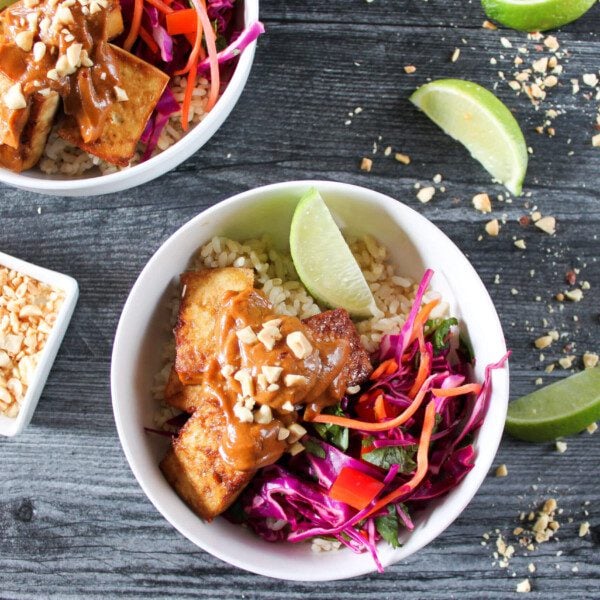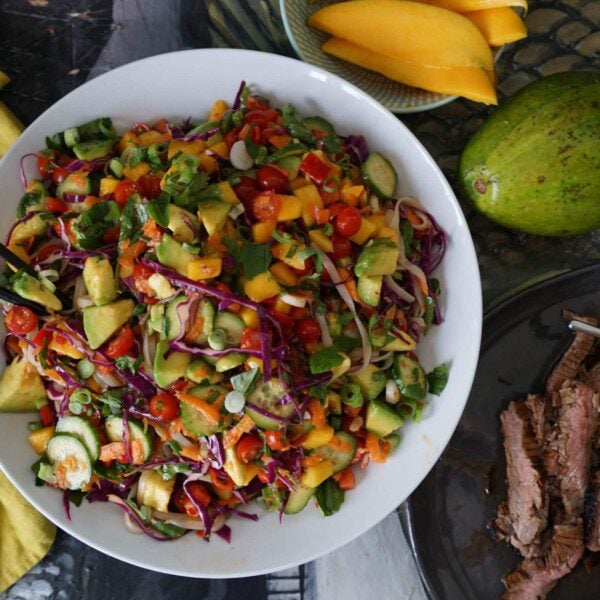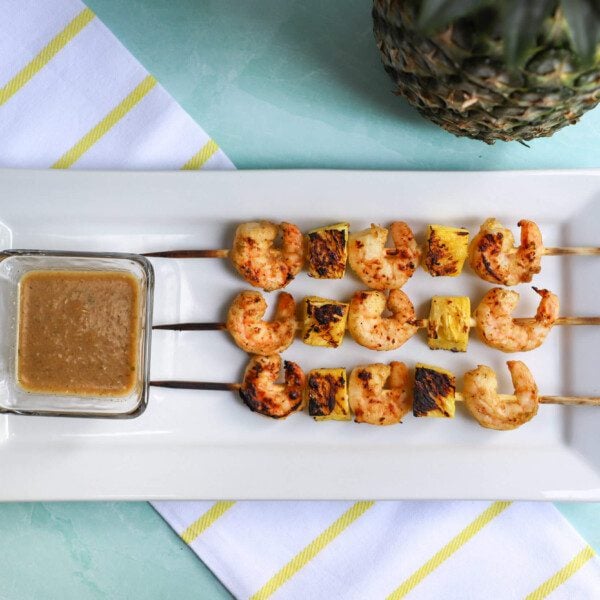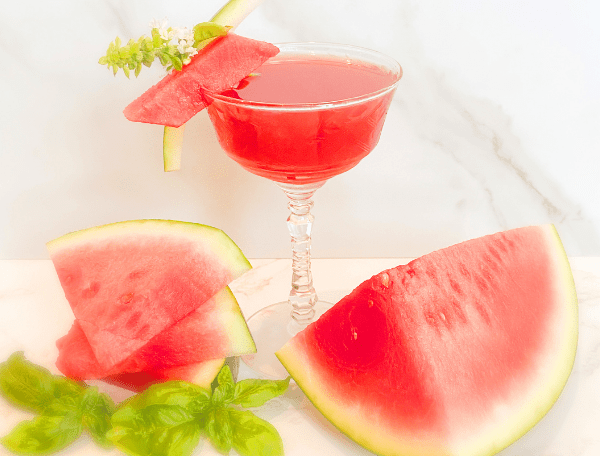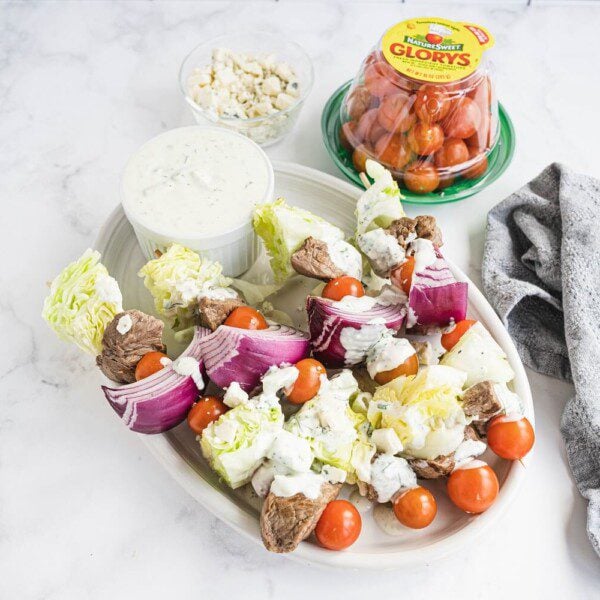How to Select Limes
- Choose limes that are heavy for their size.
- Limes should be firm all over, but not rock hard. A juicy lime should give a little bit when you squeeze it. Avoid soft, mushy limes.
- Look for limes that are bright green. Dark green limes are not yet ripe, but yellowing limes are overripe.
- A lime’s skin should be smooth and round. Those with rough, bumpy skin have a thicker peel and contain less juice.
When are Limes in Season?
Limes are in season in the US during the summer months of June through August. However, they are imported year-round from Mexico and Brazil. During summer, you can find locally grown limes in farmers’ markets, specialty food stores, and supermarkets.
Varieties of Limes
There are over 100 different lime varieties grown worldwide. Most limes consumed in the US are imported from Mexico, the world’s largest producer and exporter of limes. These are the most popular lime varieties found in US markets:
- Key Lime: It is small, round, and yellow-green, with a tart and acidic flavor. It is popular for making Key lime pie.
- Persian Lime: Also known as Tahiti lime, Persian lime is larger than Key lime and has bright green, smooth, and thin skin. The flesh is juicy, seedless, and acidic, with a slightly sweet taste.
- Bearss Lime: This is similar to Persian lime but slightly smaller and with a more intense flavor. The skin is thin, slightly bumpy, and green-yellow. It is popular for making limeade and marinades.
- Kaffir Lime: It is a small and bumpy lime with a green-yellow color. This lime is used primarily for its leaves and zest rather than the juice. The juice is sour and tart.
- Mexican Lime: Known as Key West lime or bartender’s lime, it is smaller and rounder than a Persian lime with a thinner skin. The flesh is juicy, acidic, and slightly sweet.
Limes Nutrition Facts & Benefits
Limes are a citrus fruit chock full of vitamins and nutrients. Here are the nutritional facts for one whole lime:
- Approx 20 calories
- 0.1 grams of fat
- 0.5 grams of protein
- 7 grams of carbohydrates
- 1 gram of natural sugar
- 2 grams of fiber
Here are proven ways that leeks can benefit your health:
- Limes have a 20% of your daily need of vitamin C, which helps protect cells from damage, supports immune function, and boosts collagen production.
- Limes contain high dietary fiber, which improves digestive health and regulates blood sugar levels.
- Limes have high citric acid, which prevents kidney stones from forming.
How to Store Limes
- Limes tend to be dirtier than other fruits and vegetables by the time they make it to the produce section, so wash your limes before storage.
- Limes will keep up to four weeks in your refrigerator. Place whole limes in a sealed plastic bag and press as much air out of the bag as possible. Place them in the crisper drawer of your fridge.
- Avoid cutting limes until you are ready to use them. Sliced limes should be used within one day.
- Limes may be stored in the freezer whole or sliced for up to six months. Flash freeze the limes first by placing them on a baking sheet in a single layer in your freezer for two hours. Transfer the limes to a sealed plastic bag and place them back in the freezer for storage.
How to Prepare Limes
Limes are not a main staple citrus fruit you eat plain unless you love lip-smacking tart fruit. Limes are mostly used as a garnish or a way to enhance the flavor of your dish. Although your kids will think limeade is delicious to drink. Here are our favorite ways to prepare limes:
- Squeezed: You can squeeze limes to extract their juice, which can be used in many recipes. The lime juice adds flavor to drinks, marinades, dressings, and sauces.
- Zest: Lime zest adds citrus flavor to various dishes, from baked goods to salads. The zest is the outer layer of the skin and contains flavorful oils that can be grated off using a fine grater or zester.
- Garnish: Cut lime slices or wedges to garnish drinks or dishes, adding a pop of color and tangy flavor. Lime wedges are often served with Mexican food, seafood, and cocktails.
- Preserved: You can pickle or ferment limes to prolong their shelf life and add unique flavors to dishes. Pickled limes are a common ingredient in Indian and Middle Eastern cuisine.
How to Serve Limes
Recipes
Lime Marinated Onion Salad
Recipes
Mango Agua Fresca
Recipes
Mango and Lime Whip
Recipes
